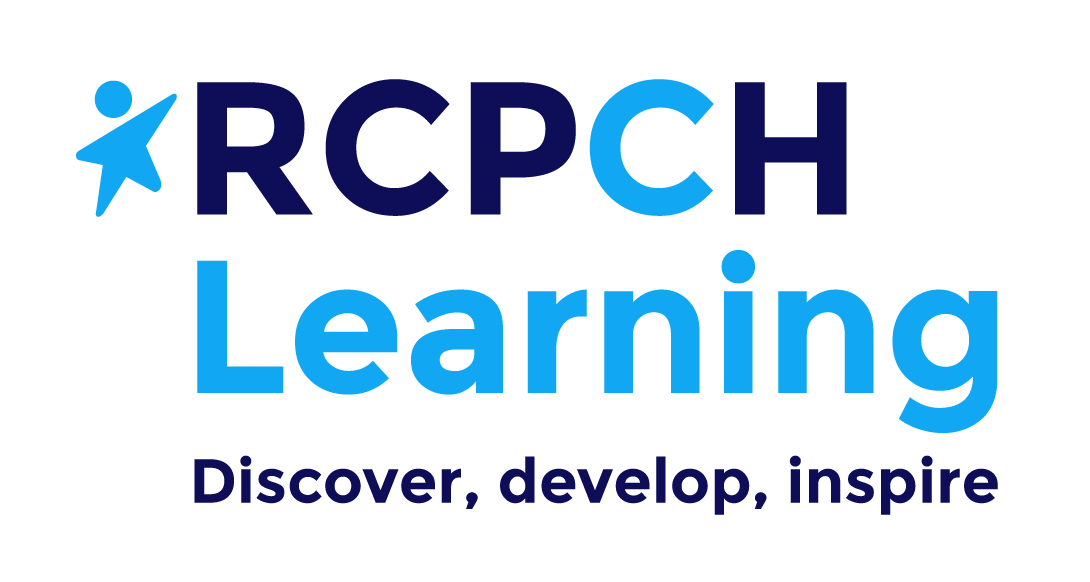Peek into Practice: RCPCH How to Manage: Paediatric Allergy Training – PAT 1
Peek into the RCPCH How to Manage: Paediatric Allergy Training – PAT 1 course
Explore each course session in depth with our summaries, designed to give you a clear understanding of what to expect. Each summary includes a practical insight or “peek” into the learning, helping you see the practical value before you book. Dive in, discover key takeaways, and secure your place to enhance your skills and professional growth.
Taking an Allergy-Focused History
Presenter: Professor Gill Vance, Professor of Medical Education, Newcastle University
Summary: This session introduces the EATERS framework for structuring allergy histories in paediatric practice. Through interactive case discussions, participants learn how to apply this method to assess likely allergic reactions and guide appropriate testing and management.
- Understand the components of the EATERS history model
- Apply EATERS to real-life paediatric allergy cases
- Differentiate between IgE and non-IgE mediated reactions
- Recognise when allergy testing is appropriate
- Explore the role of clinical history in diagnosis
Diagnosis and management of cows milk allergy
Presenters: Dr Mala Raman, Consultant Paediatrician, University Hospitals Plymouth NHS Trust & Lydia Collins-Hussey, Freelance Specialist Paediatric Allergy Dietitian and Clinical Dietetic Advisor for AllergyUK
Summary: This session explores the diagnosis and first-line management of cow’s milk protein allergy (CMA), including both IgE and non-IgE mediated forms. It covers symptom recognition, elimination and reintroduction strategies, and the use of hypoallergenic formulas.
- Differentiate between IgE and non-IgE mediated CMA
- Recognise common symptom patterns and red flags
- Understand elimination and reintroduction protocols
- Explore formula options and breastfeeding strategies
- Use tools like CoMiSS and EATERS to support diagnosis
Allergy Testing Stewardship
Presenter: Dr Minal Gandhi, Consultant Paediatrician, Royal Free Hospital & Dr Gary Stiefel, Consultant in Paediatric Allergy, University Hospitals of Leicester NHS Trust
Summary: This session focuses on responsible use of allergy testing in paediatrics. It highlights the importance of clinical history, explains the limitations of IgE testing, and provides guidance on interpreting results in context.
- Understand the difference between sensitisation and allergy
- Use the EATERS framework to guide test selection
- Interpret IgE and skin prick test results accurately
- Avoid over-testing and misdiagnosis
- Recognise when to challenge or refer
Treatment of Allergic Rhinitis
Presenter: Prof. Graham Roberts & Dr Eleanor Minshall
Summary: This session explores the diagnosis and management of allergic rhinitis in children, using case-based learning to highlight history-taking, investigations, and treatment strategies. It also covers when to consider immunotherapy.
- Take an allergy-focused history to identify triggers
- Differentiate between seasonal and perennial symptoms
- Use appropriate investigations to confirm diagnosis
- Apply a stepwise approach to treatment
- Recognise when to refer for immunotherapy
Diagnosis and Treatment of Eczema
Presenter: Dr Anjum Grewal, Consultant in Paediatric Allergy, Sheffield Children’s Hospital & Dr Elle Minshall
Summary: This session provides a comprehensive guide to diagnosing and managing paediatric eczema. It covers pathophysiology, treatment strategies, steroid use, and how to support families with practical plans and education.
- Recognise eczema presentations across skin types and ages
- Apply NICE guidelines and stepped treatment plans
- Understand steroid potency and safe prescribing
- Support families with emollient use and flare management
- Identify and manage complications like infection
Strategies of complimentary feeding to prevent food allergies
Presenters: Karen Wright, Senior Clinical Teaching Fellow MSc Allergy University of Southampton and Lydia Collins-Hussey
Summary: This session provides an evidence-based overview of how early complementary feeding can reduce the risk of food allergy. It covers practical strategies, current UK guidance, and the challenges families face in real-world implementation.
- Understand the shift from avoidance to early introduction
- Apply guidance on when and how to introduce allergens
- Support families with eczema or allergy risk factors
- Recognise the importance of regular exposure and diet diversity
- Navigate common barriers to adherence and confidence
Anaphylaxis & the Collapsed Infant
Presenter: Dr Satish Chandran, Consultant Paediatrician, Norfolk & Norwich University Hospitals, Dr Deva Venkataraman
Summary: This session equips clinicians to recognise and manage anaphylaxis and FPIES in infants and children. Using case-based learning, it explores emergency treatment, differential diagnosis, and the evolving guidance on adrenaline use and aftercare.
- Recognise the clinical features of anaphylaxis and FPIES
- Understand the role and timing of adrenaline administration
- Differentiate between IgE and non-IgE mediated reactions
- Apply updated Resuscitation Council UK guidance
- Plan appropriate aftercare and referral
